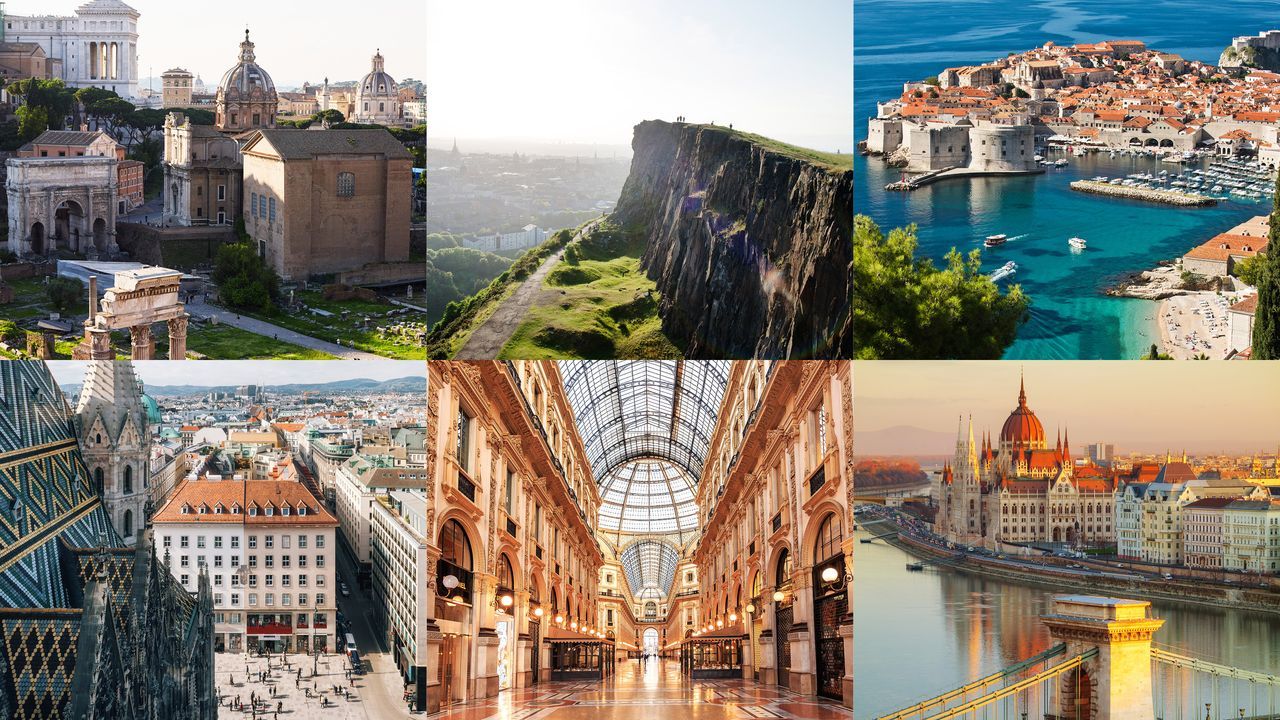Not every trip can be a three-week adventure, but even a quick weekend away can feel like a proper reset if you plan it right. Here are five easy ideas to make a short break feel longer, calmer and more memorable.
1. Choose one “anchor” activity per day
The biggest mistake on short trips is trying to do everything. Instead of a long checklist, pick one main activity per day and let everything else be a bonus.
On a city break, that might be a single museum, a historic walking tour or a food market you really want to visit. On a countryside or coastal trip, it could be a hike, a bike ride or a beach you want to explore properly. Keeping it to one main thing gives you space for slow breakfasts, spontaneous coffee stops and lazy evenings instead of clock-watching.
If you like having inspiration in one place, check a broad planning resource such as Lonely Planet or your destination’s official tourism site for a list of “signature” experiences, then narrow down from there.

2. Spend a bit more time choosing where you stay
On a short break, where you stay matters more than usual because you don’t have many days to “grow into” the area. A place that’s a 40-minute bus ride from everything you want to see will chip away at your time and energy.
When you’re browsing hotels, apartments or cottages, look for:
-
Walking distance to at least some food, coffee or evening options
-
Easy transport back to the station or airport
-
A layout that suits how you travel (desk space if you’re working, a balcony if you love mornings outside, a living area if you’re with friends or family)
Reading a couple of recent reviews on an independent site can help you catch recurring issues like traffic noise or tricky check-in, so there are fewer surprises when you arrive.

3. Plan your first evening and your last morning
The bookends of a trip shape how you remember it. A chaotic first night or a stressful last morning can colour the whole experience, even if the middle was great.
Before you leave home, decide two things:
-
Arrival routine: How will you get from the station or airport to your accommodation? Where will you eat that first night? Keep it simple – maybe a nearby bistro, pub or street-food spot you’ve already looked up.
-
Departure routine: What time do you need to leave, and what can you realistically fit in that morning? A slow breakfast, a short walk or a quick visit to a viewpoint is often better than a rushed attempt to squeeze in one more attraction.
By planning just these two edges, you remove a lot of low-level worry and free up headspace to enjoy everything in between.
4. Build tiny rituals into the trip
Even a short break can feel richer if you add small, repeatable rituals. They don’t need to be fancy:
-
The same coffee spot each morning
-
A pre-dinner walk, even if it’s just around the block
-
A nightly card game, journal session or shared dessert
Rituals give your trip a rhythm and help it feel like more than just “two fast nights away.” When you look back, those repeated moments are often what you remember most clearly.

5. Protect some “do nothing” time
It’s tempting to cram every hour because “we’re only here for a few days.” But what most of us actually need from a break is space to switch off.
Block out at least one chunk of time — an afternoon or evening — where you deliberately plan to do very little: read, nap, sit in a park, hang by the pool, or just wander with no agenda. Treat that time as important, not as “wasted.”
Paradoxically, giving yourself permission to do nothing for a while often makes a short trip feel longer and more satisfying, because your brain finally gets the signal: this is a real break.
